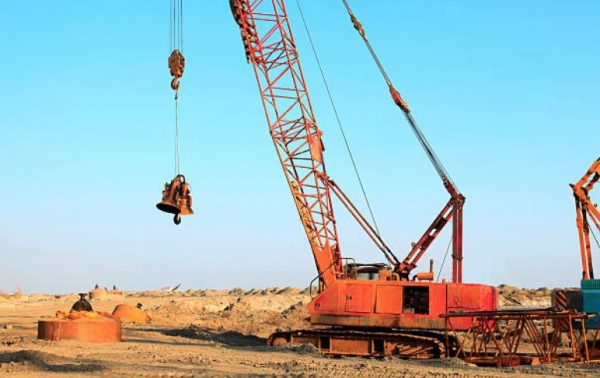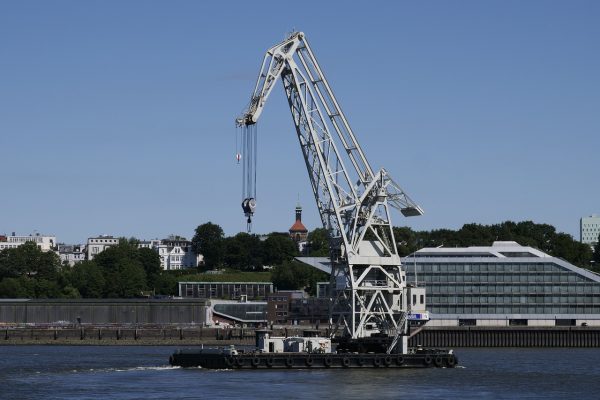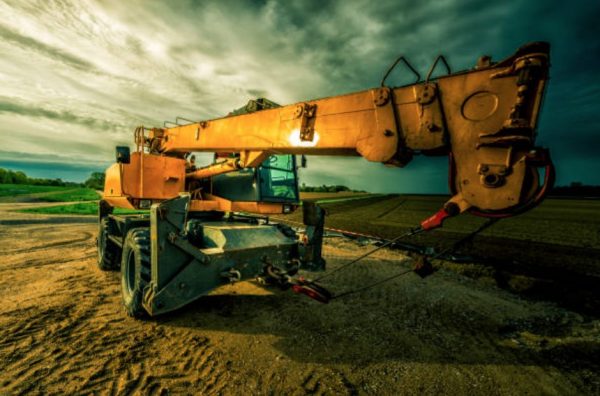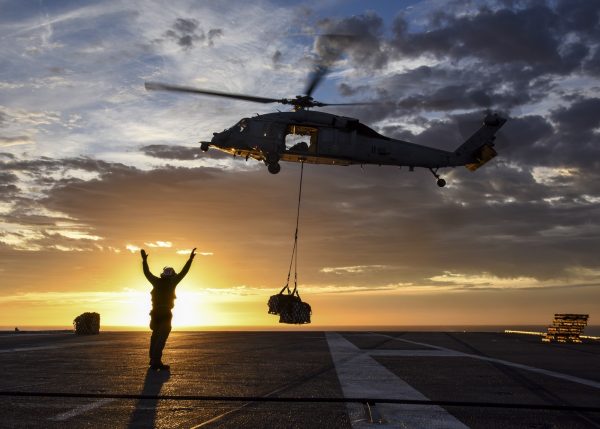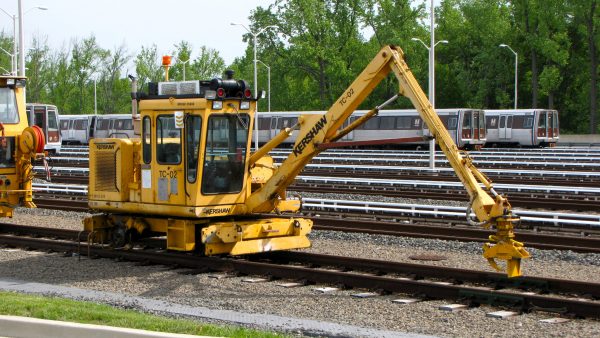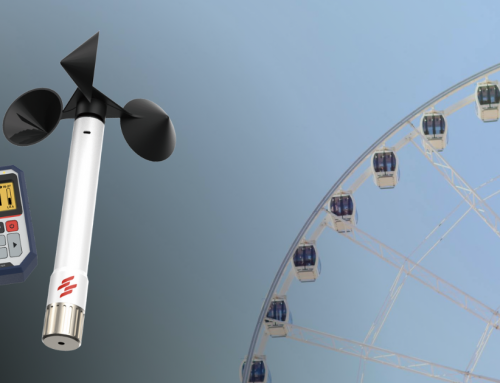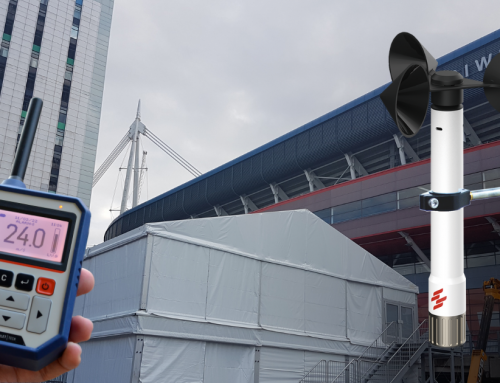Last Updated on
Having cranes at a construction site is a common view. Cranes are used to lift and lower loads and move them around. Construction cranes are usually either mounted on a custom built vehicle (mobile crane) or fixed to the ground (fixed crane).Mobile cranes are more practical than the fixed cranes. They are quick and easy to set up, also mostly can perform almost any task, unlike fixed cranes. Mobile cranes are suitable for making entry to sites that are very difficult to access and they do not need much space to operate.
Different types of cranes can be found on almost any construction project, each type serves different purposes. Since there are so many cranes available, it can be confusing to identify which crane does what and choose the right cranes types for your needs. Understanding the differences between each crane can help you figure out which crane to use on your construction project.
To help you understand better and choose the right crane, here are the break down of the different types of mobile cranes. After reading this article, you will be able to distinguished different types of mobile cranes. Top 8 mobile crane types used in the construction industry:
- Carry Deck Cranes
- Crawler Cranes
- Floating Cranes
- Rough Terrain Cranes
- All Terrain Cranes
- Truck mounted Cranes
- Aerial Cranes
- Railroad Cranes
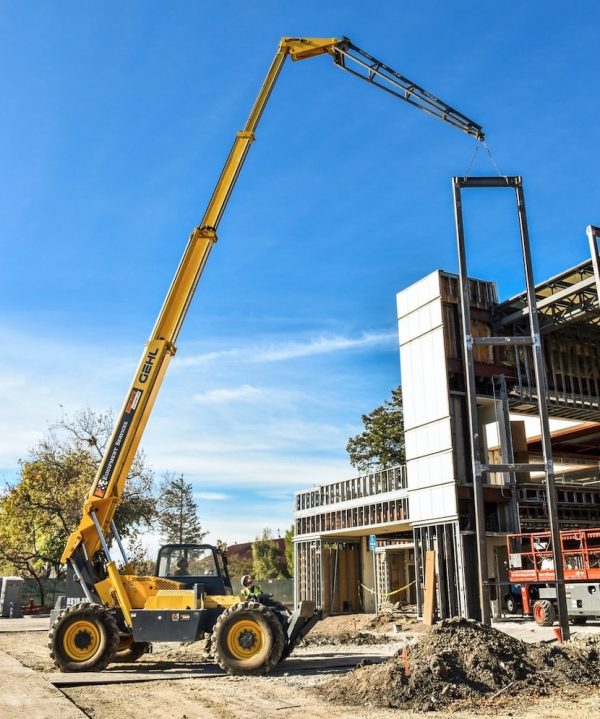
This cranes types are the newer version of the older pick and carry model that was first introduced in the 1980s. Carry deck cranes are small, four-wheeled, can rotate a full 360 degrees. These cranes are simple to set up, and their small size allows them to easily move around confined and open spaces, making them more portable than other types of cranes.
Key Feature: Small-size and high mobility
Best Use: Loading and moving materials
2.Crawler Cranes
Crawler cranes are a special type of mobile cranes fitted with a pair of rubber tracks that provides stability and mobility. The rubber tracks allows them to work on tough ground where wheeled vehicles would be unable to operate. Crawler cranes are bulky which makes tough job easy. They are available in a wide range of lifting capacities for different applications in variety of fields, including heavy-duty work.
The main benefit of crawler cranes is that they can lift with little set-up and move around on work site in a stable
mode. Additional benefit is that crawler cranes are capable of moving around while carrying a load. Some Crawler cranes are modifiable to your specific needs, since they usually have many possible configurations that allows to change size and add extensions, giving you the flexibility to adapt crane according to project’s needs and making them highly adaptable on many terrains.
Key Feature: Use rubber tracks instead of wheels, Stable
Best Use: Heavy-duty work ,during the initial phase of building project in a construction site
3.Floating Cranes/Crane Ships/Crane Vessels
Floating cranes ,also known as crane ships or crane vessels, are cranes mounted on a sea vessel that are able to lift and move extremely heavy and large sub-assemblies. Floating cranes make it possible to assemble massive projects from many smaller parts in the waters.Some characteristic of floating cranes include heavy weight ( ± 300 to 1,100 tons together with the vessel ) and super huge size.
Key Feature: Heavy-lifting, mounted on sea vessel
Best Use: Offshore construction, offshore oil drilling , retrieving sunken ships from sea, special offshore project
4.Rough Terrain Cranes
As the name implies, rough terrain cranes are part of mobile crane used for the lifting and moving of heavy materials on rough or uneven ground.These cranes types are very versatile, equipped with four over-sized rubber tires and all-wheel drive systems, that able to climb over uneven ground and keep traction on difficult terrains.
The four-wheel steering allows them to make tighter corners compared to other types of cranes able to make. Rough terrain cranes are able to do jobs safely and quickly as these cranes types have a low centre of gravity and adjustable outriggers. Basically, rough terrain cranes are your go-to hoist equipment for tough ground work.
Key Feature: Over-sized rubber tires and all-wheel drive systems, compact power
Best Use: Rough or uneven ground

All terrain cranes are designed to travel both on normal roads as well as on rough ground or off roads. These types of cranes have more tires than rough terrain cranes.
The main difference between rough and all terrain crane is that rough terrain cranes usually travel on off roads, while the All terrain can be used in many different types of terrain.
Key Feature: Have more tires than rough terrain cranes
Best Use: All terrain ( normal roads and off roads)
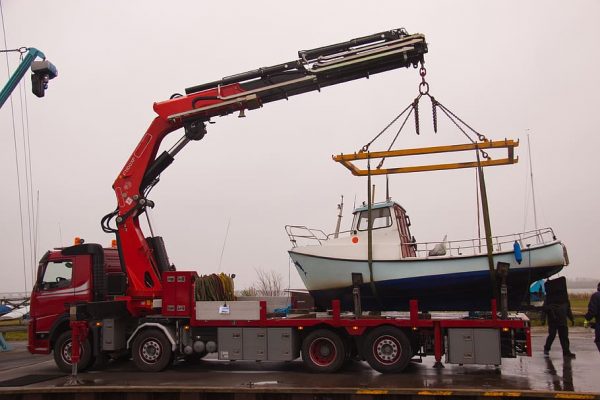
Loader Cranes , also knows as lorry cranes, are a hydraulically powered lifting machine mounted on a truck or trailer. These cranes type will have a certain degree of automated lifting which allows them to unload or stow itself without an operator’s instruction.
Loader cranes have two main parts; the truck itself and the boom (arm). Loader cranes are able to travel easily on the road without special set up or equipment.
Modern cranes may be fitted with a portable cabled or radio-linked control system to support the crane-mounted hydraulic control levers.
Key Feature: Mounted on a truck
Best Use: Loading and unloading of vehicle, repair work
7.Aerial Cranes
Aerial Cranes, also known as, skycrane, flying crane or helicopter cranes, are cranes mo
unted on an a helicopter. Long cables or slings are connected to the helicopter to carry the loads.
Key Feature: Have long cables or slings to carry loads
Best Use: Timber/logging industry (lift large trees out of rugged terrain where vehicles are not able to reach) , or where there is no land way (where it is not feasible to travel via road)
8.Railroad Cranes/Crane Car/Wrecker/Breakdown Cranes
Railroad Cranes, also known as crane car or wrecker in North America; breakdown crane in UK) , are type of cranes used on railroads, basically they are like train equipped with lifting machine. The crane can be moved by a locomotive.
Key Feature: Locomotive crane
Best Use: Railroad construction, freight handling in goods yards, maintenance and accident recovery work

